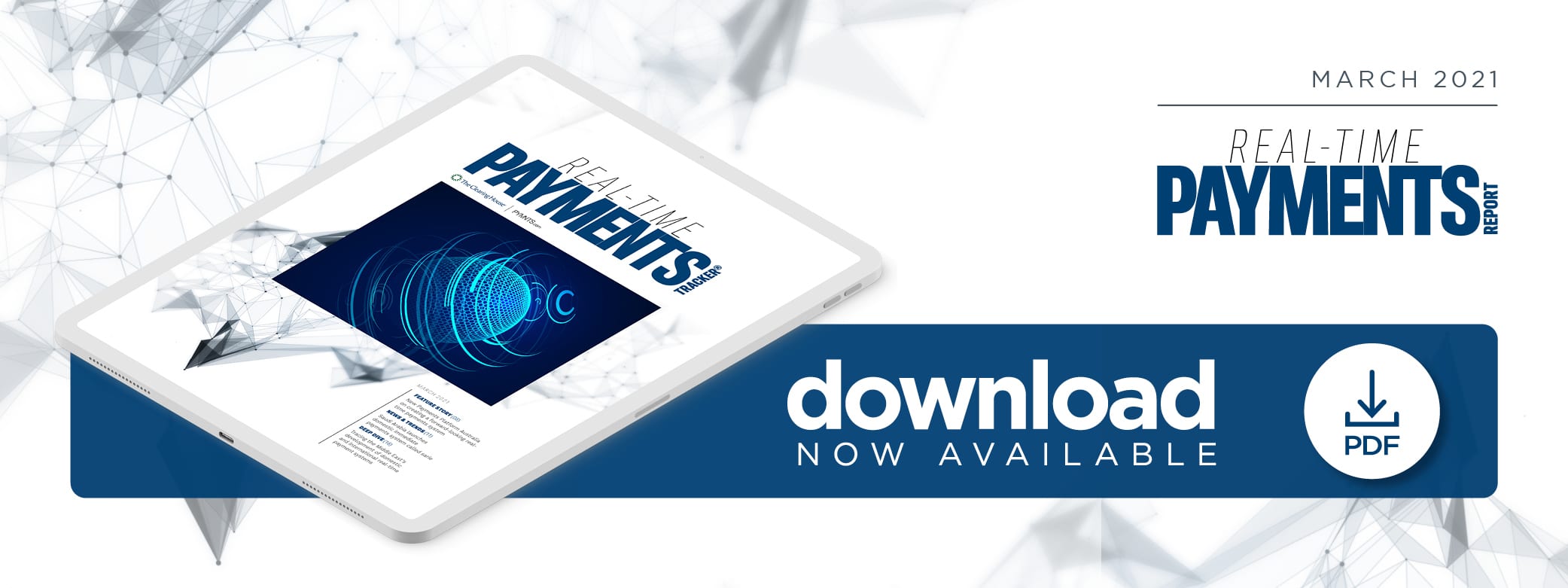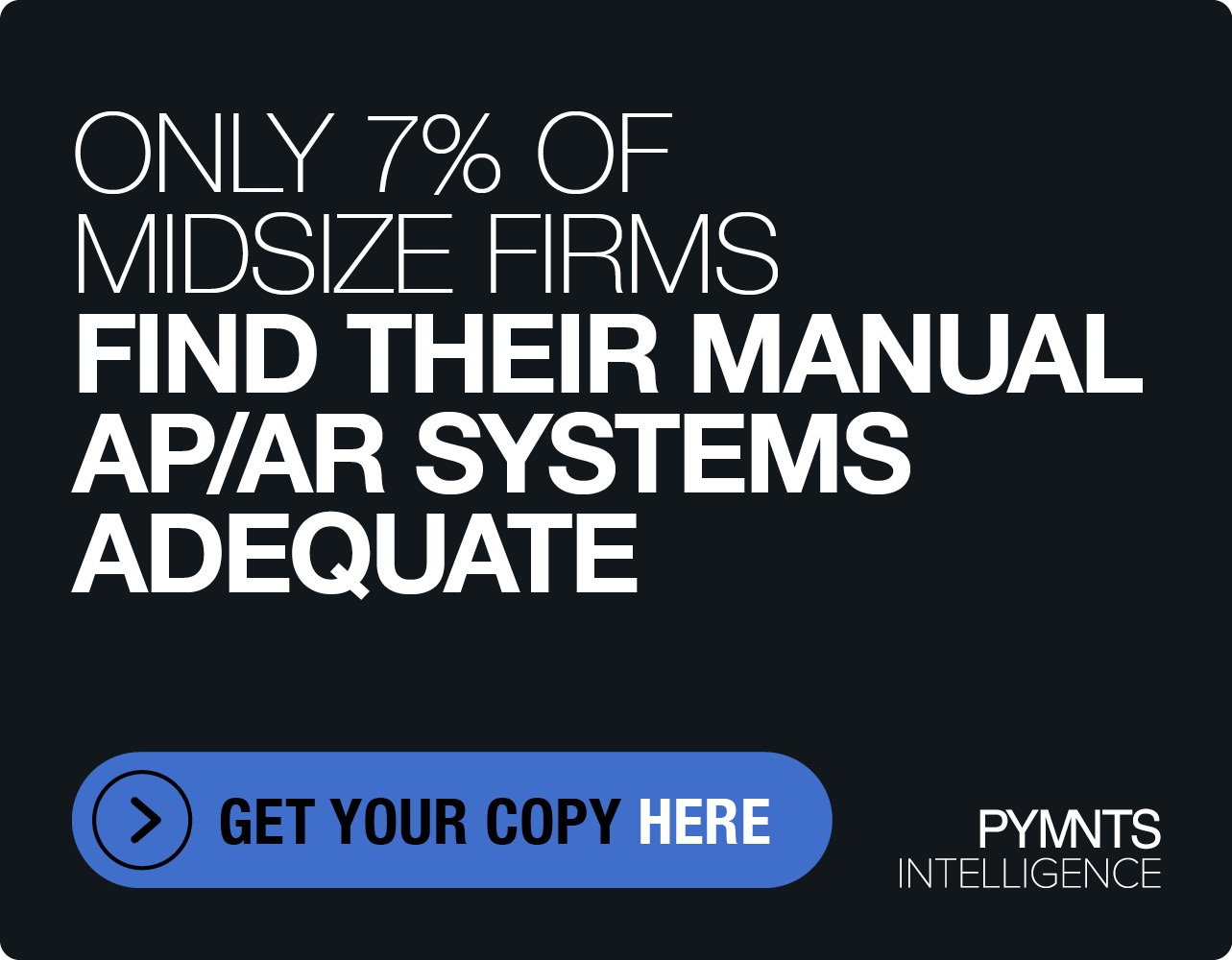New Payments Platform Australia On Creating A Forward-Looking Real-Time Payments System

Transaction volumes with Australia’s real-time payment system may exceed 2 million daily, but it was a long road to enable the widespread use cases seen today, says Katrina Stuart, head of engagement at New Payments Platform Australia (NPPA). In the Real-Time Payments Tracker, Stuart reflects on how payment systems operators can foster innovation and how NPP’s forthcoming immediate authorized pull payments capability could be an eCommerce game changer.
Launching an effective real-time payments system is no easy feat, and Australia spent more than five years planning and developing its own. The country finally launched its New Payments Platform (NPP) in 2018, for which a flurry of new use cases has emerged in the past few years. Activity on the platform has ramped up, with daily transaction volumes exceeding 2 million by March 2021, according to Katrina Stuart, head of engagement at New Payments Platform Australia (NPPA), the organization that maintains and develops NPP.
NPPA has plenty of plans in store for the country’s domestic immediate payment system and is actively working to enable consumers, businesses and government agencies to use NPP for more purposes. PYMNTS recently caught up with Stuart to discuss what NPPA has learned during the past three years, how the payments system has grown and where it is going next.
Designing For Widespread Use
NPPA originally thought that launching a successful immediate payments rail would require the payment systems operator to focus simply on enabling money to move smoothly in real time between banks, Stuart said. The organization expected that third-party providers would then build on top of that system and collaborate with banks to add new business payment capabilities that leveraged NPP. This was not exactly how the rail’s development played out, however, she said.
“Initially, the platform was designed to have a separation between the … underlying infrastructure and [the] products that would sit on top of it,” she said. “It was … envisaged that third parties might build those products and work with the different banks to bring them to market. What we’ve actually found since going live is that most organizations just want to be able to use whatever capability is there.”
NPPA found that it needed to take a more active role in encouraging and fostering new business payment services. Doing so has entailed creating rules, standards and functionalities that FinTechs and financial institutions (FIs) can follow to develop and offer innovations. These include standards specifying the kinds of payment data that should be sent alongside certain types of real-time transactions and how the data should be formatted, for example. NPPA is also actively working toward setting rules FIs must observe when enabling customers to approve merchants to pull payments in real time from their accounts.
“We’ve stepped in to say, ‘What are some different business services that we need to form and develop rules for, in terms of how the banks will process those different payment types and what they need to do?’ And once we have those capabilities available, then third parties and banks can all incorporate that into their own product and service offerings outside of the platform,” Stuart explained. “Our focus as the platform operator is ‘What are those right capability building blocks we need to put in place?’” After a few different pieces are available, “different organizations can choose to put those together.”
Past And Future Uses
This approach may help NPP continue to expand and grow into new areas. The system first focused on enabling consumers to pay merchants and each other rapidly, but other functions have proliferated over the years. These have seen NPP used to underpin a shares-trading app, help the government deliver relief aid rapidly and allow companies to disburse earnings to employees on-demand in real time. The pandemic has driven greater adoption too, in part because many small to medium-sized businesses (SMBs) suddenly needed to be able to accept payments in a contactless manner. Merchants like hairdressers, restaurants and dog groomers have all been able to quickly begin allowing customers to pull out smartphones and pay them over NPP without incurring processing fees or going through any integrations. That has helped smooth their transitions to remote payments, Stuart said.
NPPA continues to look to the future and has developed rules for the payments rail to be used in even more ways. The organization’s near-term goals include enabling merchants to pull payments from customers’ bank accounts using NPP and keep these payment details on file for use at checkout. Consumers would approve as well as pause, cancel or otherwise manage these authorized pull payments via their banking platforms. Such capabilities could allow NPP to be used more seamlessly for recurring transactions like utility bills and subscription payments as well as one-off payments at eTailers where customers have accounts.
“That kind of request-for-payment functionality will really open up a whole range of different things on the consumer side and business side,” Stuart said. “It could support eCommerce … like being able to put my account on file, similar to how I put my credit card on file, and then I can select that as my preferred payment option when I check out … and the payment will be made directly from my bank account.”
Other forthcoming goals may include bulk B2B transactions as well as sending international immediate payments over the system. NPPA has been drawing on lessons it has learned over the years to help guide its efforts to facilitate and promote these expanded uses of real-time payments. A robust payments infrastructure combined with supportive standards, rules and other policies can all play key roles in helping entice more widespread and frequent real-time payments use and usher in innovative transaction services.

